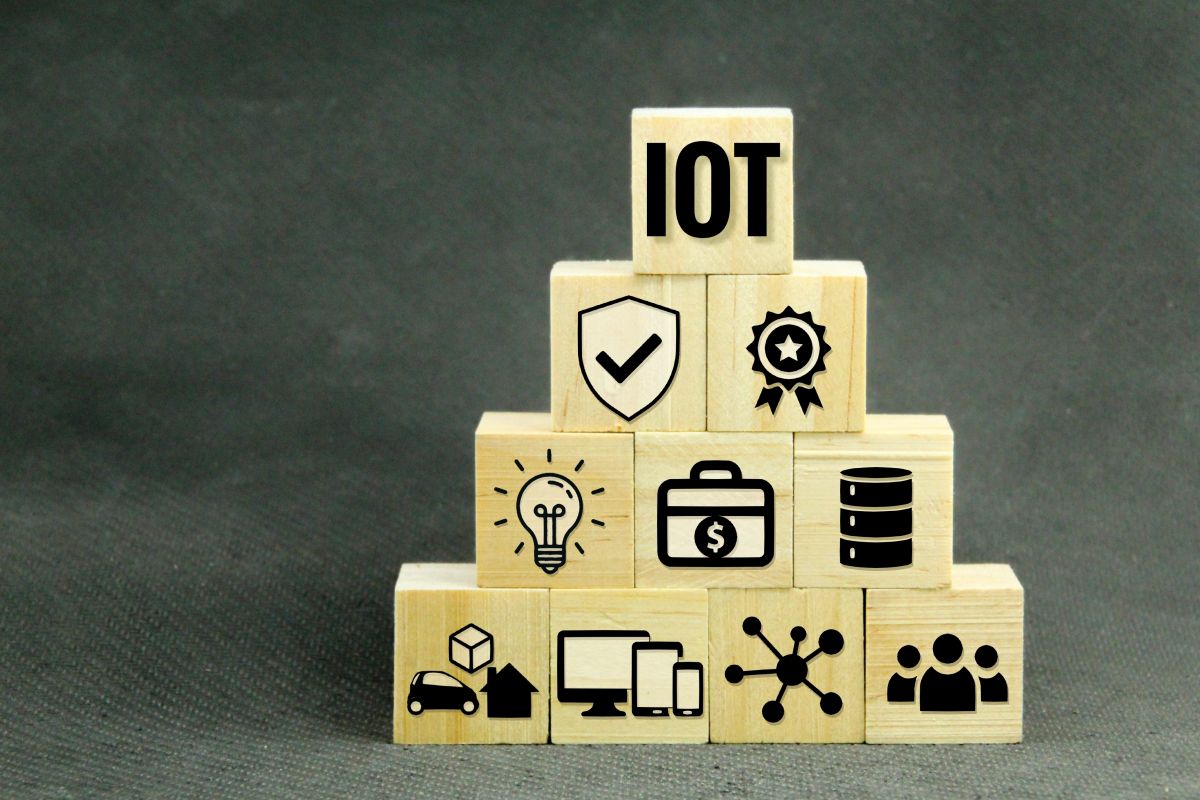Software that can control and optimize the use of distributed energy resources (DERs) is called a Distributed Energy Resource Management System (DERMS). They synchronize DERs, like rooftop photovoltaic solar panels, energy storage, behind-the-meter batteries, electric vehicles, and other distributed technologies, in order to deliver vital grid services, as well as balance supply and demand to aid utilities in achieving critical outcomes. For example, when extra energy is required, all the individual DERs can be controlled to provide energy to the grid, so that the supply of power can be maintained in a reliable way. Let’s take a look at the basic functions of DERMS.
Functions of DERMS:
A DERMS can fulfil several functions, including:
- Aggregate: Integrate DERs into the grid’s resources to monitor, control and manage systems.
- Simplify: Smoothly run settings and data.
- Automate: Engage algorithms to take actions in coordination with a distribution management systems (DMS).
- Coordinate: Supply operational information to the DMS for individual or aggregated DER assets.
- Forecast: Produce forecasts of DERs
Benefits of DERMS
The following are some of the main benefits of DERMS:
- Allow better management of the grid,
- Less electricity wastage,
- Increase efficiency and reliability for the consumer and the utility,
- They can refer to several specific use cases, or a general integration system,
- Utilities may have many DERMS to address specific use case situations,
- Reduce carbon footprint of utilities and consumers.

How Can DERMS Help Power Utilities?
Seth Frader-Thompson, CEO of EnergyHub, told Power Mag: “The utility grid operator does not want to think about a million individual batteries, rooftop solar systems, electric vehicles, smart thermostats, industrial process controllers, etc. They essentially want a virtual power plant and sort of a virtual knob for that plant that they can operate.”
Benefit-Oriented Capabilities:
As power companies move towards the use of DERMS, Smart Electric Power Alliance has elaborated on the following specific benefit-oriented capabilities of DERMS:
- Optimization:
Optimize the data collection, dispatch, and data processing of DERs through automatic tools, to achieve preset goals. - Performance Monitoring & Safety:
This is crucial for the safety of workers and performance monitoring to assure warranty and design requirements.
- Demand Management:
This includes coordinating DERs to manage campus load below a set limit, and dispatching customer demand response devices aligned with utility programs.
- Customer Information System Integration:
Back-office DERMS integration ensures proper dissemination of DER data to all areas of utility operations.
- Transmission/Distribution System Operator Coordination:
An iterative process is required for aligning DER patterns, timing, and load shape assumptions across generation, transmission and distribution planning. Collecting and managing some of this data can be done by a DERMS.
Disclaimer: Any opinions expressed in this blog do not necessarily reflect the opinions of Certrec. This content is meant for informational purposes only.



















